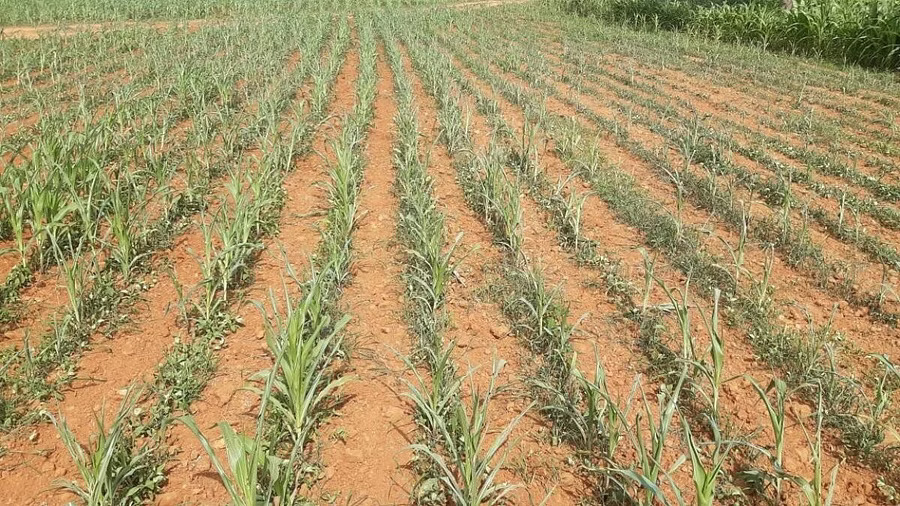In response to the escalating dry spell and dwindling water resources, farmers in Karnataka are increasingly shifting their focus towards cultivating non-water-intensive crops. The prevailing water scarcity has propelled farmers to adopt strategic changes in their agricultural practices to mitigate the impact of the extended dry period.
Karnataka, like several parts of the country, has been grappling with deficient monsoon rains and prolonged dry spells. The water levels in reservoirs and groundwater sources have significantly diminished, posing a severe challenge to the farming community. In a bid to optimize water usage and sustain agricultural activities, farmers are now opting for crops that require less water.
Farmers are transitioning to non-water-intensive crops such as millets, pulses, oilseeds, and vegetables that demand minimal irrigation. These crops not only require less water but also demonstrate resilience to arid conditions, making them well-suited for the current challenging climate.
The shift towards non-water-intensive crops is being actively promoted by agricultural experts and the state government. Farmers are receiving support and guidance to diversify their crop choices and implement efficient water management techniques.
The Karnataka government is providing assistance and incentives to encourage farmers to adopt sustainable farming practices, including rainwater harvesting, drip irrigation, and organic farming. These initiatives aim to enhance water use efficiency and minimize the dependence on erratic monsoon patterns.
Furthermore, awareness campaigns and training programs are being organized to educate farmers about the benefits of transitioning to non-water-intensive crops. These efforts aim to ensure a stable and sustainable agricultural sector, even in the face of climate-related challenges.
The proactive approach of Karnataka’s farmers in adapting to the changing climate and water scarcity is indicative of their resilience and willingness to adopt innovative farming methods. By embracing crops that align with the available water resources, they are striving to secure their livelihoods and contribute to a more sustainable and water-efficient agricultural landscape.









